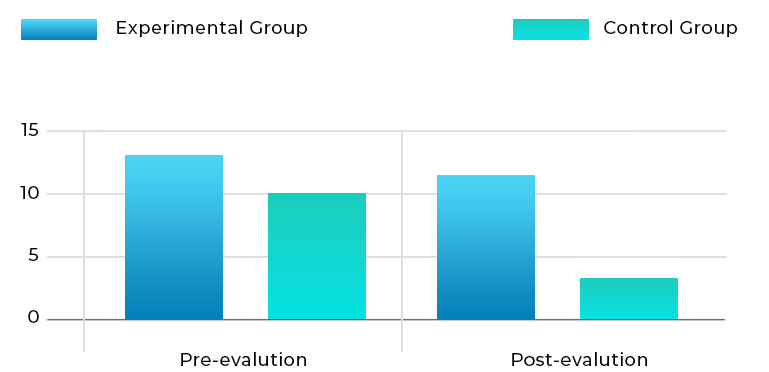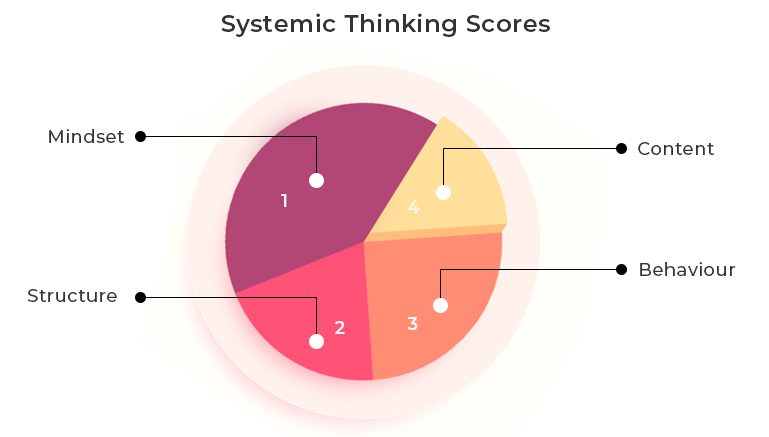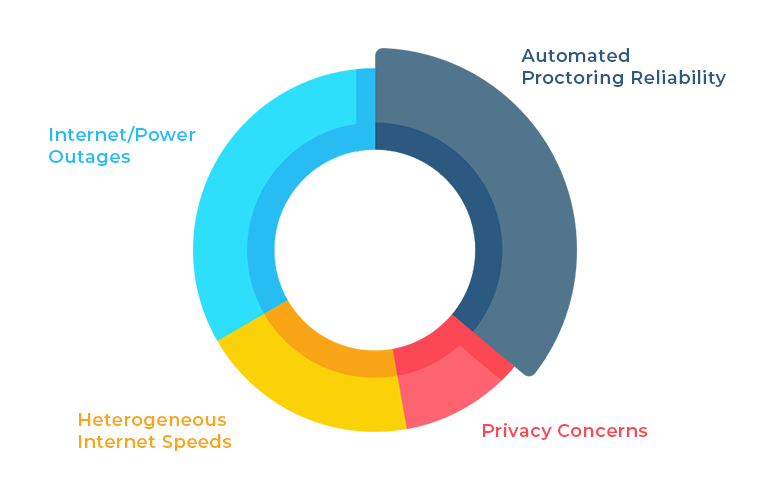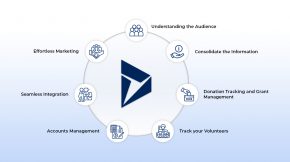How Moodle AI Transforms E-Learning and Guarantees Student Success
Revolutionary
That’s the word we’re using to describe AI in Moodle. If you’re still thinking about the “e-learning of yesterday,” it’s time to rethink. We’re talking about a seismic shift—Moodle AI isn’t just an upgrade; it’s a complete transformation.
Why Moodle AI is a Big Deal
Moodle AI Enabled Features: The Revolution Begins
Let’s cut to the chase. The dashboards don’t just show data; they reveal a revolution in learning.
- Adaptive Learning: 100% feature importance. Imagine a classroom where every student gets a lesson tailored to their pace, style, and needs. That’s not a dream; it’s a reality with Moodle AI.
- Smart Recommendations: AI is your co-teacher. It suggests the right resources at the right time, keeping learners engaged and on track. No more wandering through irrelevant materials.
- Real-time Feedback: Feedback isn’t just immediate—it’s insightful. AI provides instant, actionable feedback to both students and teachers. Imagine how much faster students can improve when they don’t have to wait days or weeks for their grades.
Analysis: Moodle’s AI features aren’t just add-ons; they’re essential tools that create a personalized, efficient learning experience. The data speaks for itself—Moodle AI enhances every aspect of e-learning, from engagement to effectiveness.
Impact on Achievement Rates: Data Speaks Louder Than Words

Let’s talk results. The dashboards reveal something crucial: Moodle AI isn’t just a shiny new tool—it’s a proven method for improving student outcomes.
- Pre-evaluation vs. Post-evaluation: The experimental group using AI-enhanced Moodle shows a significant leap in achievement rates compared to the control group. We’re not talking about a slight improvement; we’re seeing a dramatic difference.
- Why? Because AI doesn’t just deliver content—it personalizes it. It adapts in real-time, providing students with exactly what they need to succeed. Whether it’s extra practice on a difficult topic or skipping ahead when they’ve mastered a concept, AI ensures that every minute spent learning is time well spent.
Analysis: This isn’t just about incremental gains. The data clearly shows that Moodle AI is a game-changer. It’s not just about better grades; it’s about transforming how students learn, making the process more efficient, engaging, and ultimately more effective.
Systemic Thinking: Beyond the Basics

Let’s move beyond grades and scores. Moodle AI doesn’t just teach students—it helps them think. The dashboards highlight something profound: the impact of AI on systemic thinking.
- Mindset, Content, Structure, Behavior: These are the pillars of systemic thinking, and AI in Moodle enhances all of them. The experimental group outperforms the control group in every domain, showing higher scores in mindset, content understanding, structural thinking, and behavioral adaptability.
Analysis: This is more than just learning facts. AI in Moodle is helping students develop the critical thinking skills they need to succeed in the real world. It’s about fostering a deeper understanding, encouraging students to think holistically and systematically, not just memorize information.
Challenges in AI-Driven Moodle: The Reality Check

Let’s be real—AI isn’t a magic bullet. The dashboards also highlight the challenges that come with integrating AI into Moodle.
- Automated Proctoring Reliability: While AI can monitor exams, it’s not foolproof. Reliability issues mean that human oversight is still necessary.
- Internet/Power Outages: AI relies on technology, and technology can fail. Internet disruptions and power outages can interrupt learning, which is a significant concern in regions with unstable infrastructure.
- Privacy Concerns: AI collects data—lots of it. Ensuring that this data is handled responsibly and securely is a major challenge.
- Heterogeneous Internet Speeds: AI-driven platforms require high-speed internet, and not all students have equal access to it. This digital divide can exacerbate existing inequalities in education.
Analysis: These challenges are real, but they’re not insurmountable. Addressing them requires careful planning, ongoing monitoring, and a commitment to innovation. The benefits of AI in Moodle far outweigh the hurdles, but it’s important to go into this with eyes wide open.
How AI Supercharges Moodle: Beyond the Basics
Now that we’ve seen the data, let’s delve into the specifics. We know exactly how AI is being used in e-learning platforms. Here’s a detailed rundown of what AI brings to Moodle:
Automated Reporting: Speed and Precision
Manual grading is a thing of the past. AI takes over, offering speed and precision that human graders simply can’t match.
- Instant Feedback: AI can instantly analyze student responses, providing feedback that helps them learn from their mistakes in real time. This isn’t just about saving time—it’s about making learning more effective.
- Objective Assessment: AI eliminates the potential for human bias in grading. Every student is evaluated on the same criteria, ensuring fairness and consistency.
Impact: Automated reporting means faster, fairer assessments. Students get the feedback they need when needed, allowing them to improve more quickly and effectively.
Content Customization: Personalized Learning at Scale
One of the most exciting AI applications in Moodle is content customization. AI algorithms analyze each student’s performance, learning style, and preferences to tailor the content specifically for them.
- Adaptive Learning Paths: AI can create personalized learning paths that adapt as the student progresses. If a student struggles with a particular topic, AI provides additional resources and practice. If they excel, AI accelerates their progress.
- Dynamic Content: AI can modify course content on the fly, ensuring that it’s always relevant to the student’s current level of understanding.
Impact: Content customization ensures that every student gets a learning experience that’s tailored to their needs. This leads to higher engagement, better retention, and improved outcomes.
Virtual Assistants & Chatbots: Always There to Help
AI-powered virtual assistants and chatbots are revolutionizing how students interact with their learning platforms.
- 24/7 Support: Virtual assistants are always on hand to answer questions, guide students through content, and provide support whenever it’s needed.
- Interactive Learning: Chatbots can engage students in conversations, quiz them on material, and help reinforce learning.
Impact: Virtual assistants and chatbots make learning more interactive and accessible. Students no longer have to wait for office hours to get help—they can get the support they need, whenever they need it.
Predictive Analytics: Anticipating Needs Before They Arise
Predictive analytics is one of the most powerful tools in AI’s arsenal. By analyzing past behavior, AI can predict future performance and identify potential issues before they become problems.
- Early Intervention: AI can identify students who are at risk of falling behind and suggest interventions to help them stay on track.
- Personalized Recommendations: Based on a student’s performance, AI can recommend additional resources or alternative learning strategies.
Impact: Predictive analytics helps educators intervene early, providing students with the support they need to succeed. It’s like having a personal tutor who anticipates your needs before you even realize them.
Automation of Administrative Tasks: Focus on What Matters
AI isn’t just about enhancing learning—it’s about freeing up educators to focus on what matters most: teaching.
- Enrollment Management: AI can handle the administrative burden of managing enrollments, tracking student progress, and generating reports.
- Time-Saving: By automating routine tasks, AI gives educators more time to focus on creating engaging content and interacting with students.
Impact: Automation of administrative tasks means that educators can spend more time doing what they do best: teaching. It’s about efficiency and effectiveness.
Speech Recognition & Natural Language Processing: Breaking Down Barriers
AI is breaking down barriers to learning with technologies like speech recognition and natural language processing (NLP).
- Voice Interaction: Students can interact with Moodle using their voice, making learning more accessible and engaging for those with disabilities.
- Language Learning: NLP can analyze and provide feedback on spoken language, making it a powerful tool for language learners.
Impact: These technologies make learning more accessible and inclusive, ensuring that every student has the tools they need to succeed.
Virtual Reality: Immersive Learning Experiences
AI and virtual reality (VR) are a match made in heaven. Together, they create immersive learning environments that are as engaging as they are effective.
- Interactive Simulations: VR allows students to engage with complex concepts in a hands-on way. Whether it’s exploring historical sites or conducting virtual experiments, VR makes learning come alive.
- Safe Learning Environments: VR provides a safe space for students to practice skills and make mistakes without real-world consequences.
Impact: Virtual reality transforms learning from a passive experience into an active, immersive one. It’s learning by doing, not just by listening or reading.
Learning Data Analysis: Insights That Drive Improvement
AI’s ability to analyze vast amounts of data is one of its most powerful features.
- Identify Trends: AI can analyze learning data to identify trends and patterns, providing insights into what’s working and what isn’t.
- Continuous Improvement: These insights can be used to continuously improve the learning experience, ensuring that it’s always optimized for student success.
Impact: Learning data analysis allows educators to make data-driven decisions that improve outcomes. It’s about using information to drive continuous improvement.
The Best AI Plugins for Moodle: Tools You Can’t Afford to Miss
To make the most of AI in Moodle, it’s essential to use the right tools. Here are the top plugins that will supercharge your Moodle LMS:
Smart Import H5P Application: Simplifying Content Creation
The Smart Import engine is an advanced AI tool that simplifies the creation of H5P resources.
- Create Interactive Content: With Smart Import, instructors can create interactive activities based on videos, texts, or uploaded documents with just a few clicks.
- Review and Modify: Once the content is created, instructors can review and modify it to ensure it meets their needs.
Impact: Smart Import makes it easy to create engaging, interactive content, saving instructors time while enhancing the learning experience.
DataCurso Application: AI-Powered Instructional Design
DataCurso is a web-based wizard that uses AI to create instructional designs for Moodle courses.
- Pedagogical Models: DataCurso ensures that courses are based on solid pedagogical models, addressing a common problem in both universities and companies.
- Standardization: It standardizes the course creation process, making it easier to produce high-quality courses quickly.
Impact: DataCurso streamlines the course creation process, ensuring that courses are pedagogically sound and consistent in quality.
Plugin AI Writer Submission: Guiding Students in Research
This plugin, created by Danish Moodle partner Moxis, guides students in finding and using information from GPT Chat.
- Research Assistance: Students can type questions or instructions, and the plugin helps them find the information they need.
- Guidance for Improvement: Teachers can see the changes students make to the text and the questions they used, allowing them to provide targeted feedback.
Impact: The AI Writer Submission plugin helps students develop their research skills, guiding them in finding and using information effectively.
Prototype: How AI in Moodle Works in 3 Steps
Let’s walk through a simple prototype to see AI in action within Moodle:
- Translate Text: The user translates Spanish text to English using AI. The AI handles nuances and context, ensuring an accurate translation.
- Summarize: The user then asks AI to summarize the English text, providing key insights and condensing the information into a more digestible format.
- Follow-up Questions: Finally, the user asks follow-up questions to dive deeper into the content. The AI provides detailed answers, helping the user understand complex concepts.
Impact: This simple prototype demonstrates how AI can enhance the learning experience, making it more interactive, personalized, and effective.
Why Beyond Key? The Final Piece of the Puzzle
You’ve seen what AI can do for Moodle. But to unlock its full potential, you need the right partner. That’s where Beyond Key comes in.
- Expertise: We don’t just implement AI in Moodle—we transform your entire learning experience. With years of experience and deep expertise in Moodle development, we know how to make AI work for you.
- Customization: We tailor our solutions to meet your specific needs, ensuring that your Moodle LMS is optimized for your organization and your learners.
- Support: Our commitment doesn’t end with implementation. We provide ongoing support to ensure your Moodle LMS continues evolving and improving.
Ready to take your Moodle LMS to the next level? Contact Beyond Key today and discover how we can help you revolutionize your e-learning platform.
Game-Changer? More like a life-changer. It’s time to make your Moodle work smarter, not harder. Let’s get started.















